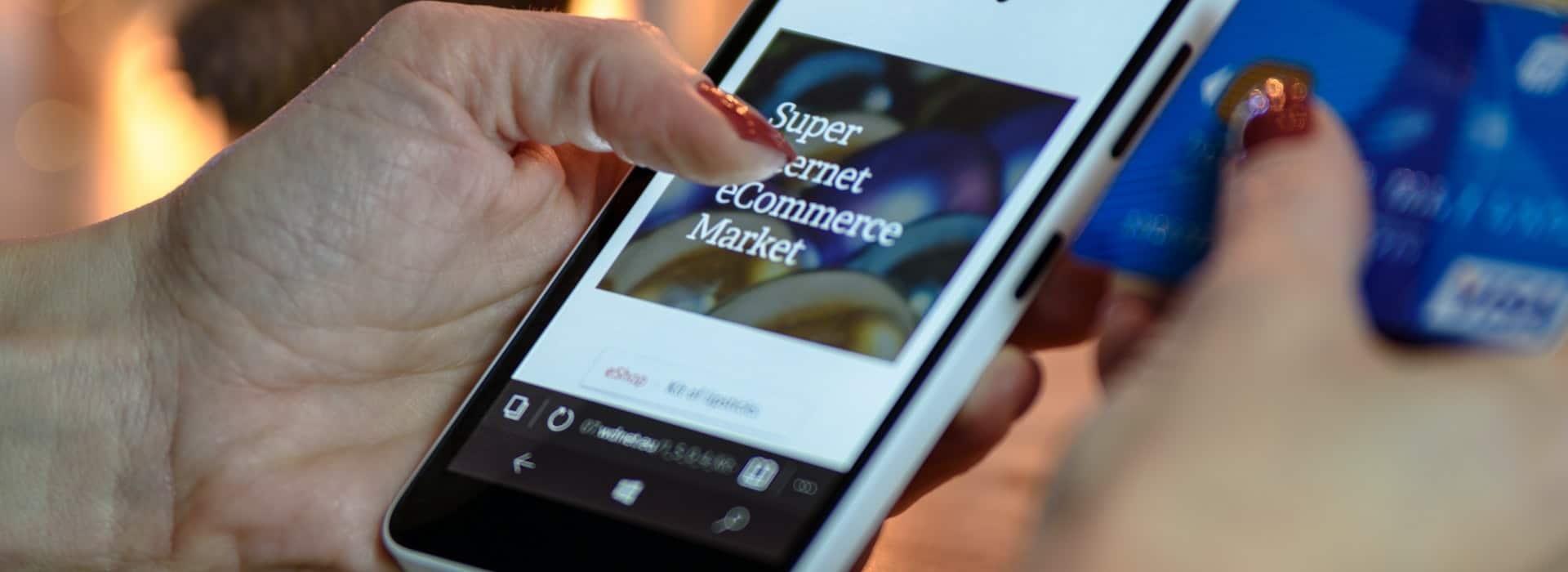
London Telephone Box Typography Web Design
 Take a walk down any London street and you’ll see countless examples of it. It will subconsciously influence where you decided to spend your time and money. There will be examples that you love, and others that infuriate you, and you might not even be able to explain why.
Take a walk down any London street and you’ll see countless examples of it. It will subconsciously influence where you decided to spend your time and money. There will be examples that you love, and others that infuriate you, and you might not even be able to explain why.We’re talking about Typography.
It really is everywhere. You can’t walk past a shop, workplace or public building without being influenced by it. Typography is all about communicating text in a visual way, and although an underrated element of print and web design, it really is a key part of a web designer’s lot.
There are countless ways in which text can be communicated in a visually pleasing way. Classic examples here in the UK would be our broadsheet newspapers, road-name signs and red telephone boxes. Typefaces can be both immediately recognisable and communicate the message or principle behind the word. In an instant you know exactly what you’re getting, not just because of the word or message but because of the way that language looks.
Typography has always been a huge deal in the world of print design, with designers finding creative ways to communicate large amounts of information in a visually stimulating, clear way. Today, web designers are facing similar challenges.
If you have a large amount of information to communicate through your website, typography is a crucial vehicle for doing so in a visually pleasing way. The typefaces (families of fonts) that you choose will have a big influence on how the website design looks and how satisfying it is for end users. It’s clear, for example, that some web fonts are much easier to read on a device screen than traditional print fonts. This kind of attention to detail will help determine the impact that your web design makes on the people that you’re trying to connect with.
If, on the other hand, you are trying to create a more low-key, minimalistic web design, typography is equally crucial. We’ve mentioned the way in which familiar typefaces help communicate much more than the mere words that are written. A instantly recognisable broadsheet newspaper, for example, gives every indication that it will include a wide and serious range of news, editorial and current affairs coverage. If you’re a believer that less is more, your web design will benefit from well-chosen typography that helps to define your brand and communicate what you’re about to site visitors.
As we move towards responsive and mobile-only website design, typography is continuing to sit at the forefront of web designers’ minds. As we find increasingly creative ways to build websites and communicate vital information, the visual text that we use will continue to be a core ingredient in effective website design.
Why not keep an eye out this week for different examples of typography that you pass on a daily basis? Notice the impact that they have upon you – your perceptions, choices, and maybe even your wallet. Typography really is everywhere, and it might just be the missing ingredient that your website is missing…




 Blog
Blog

